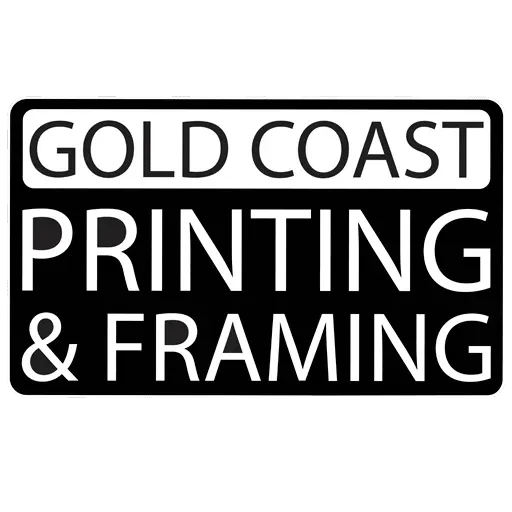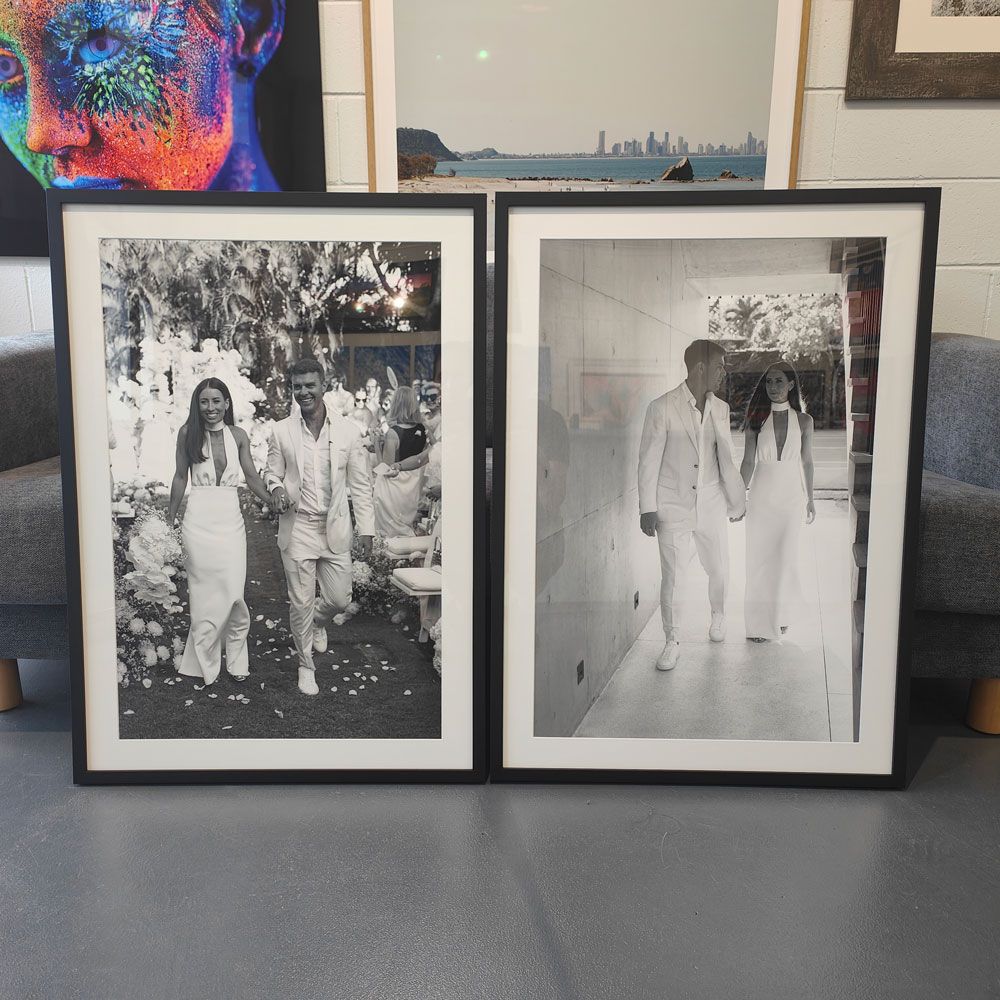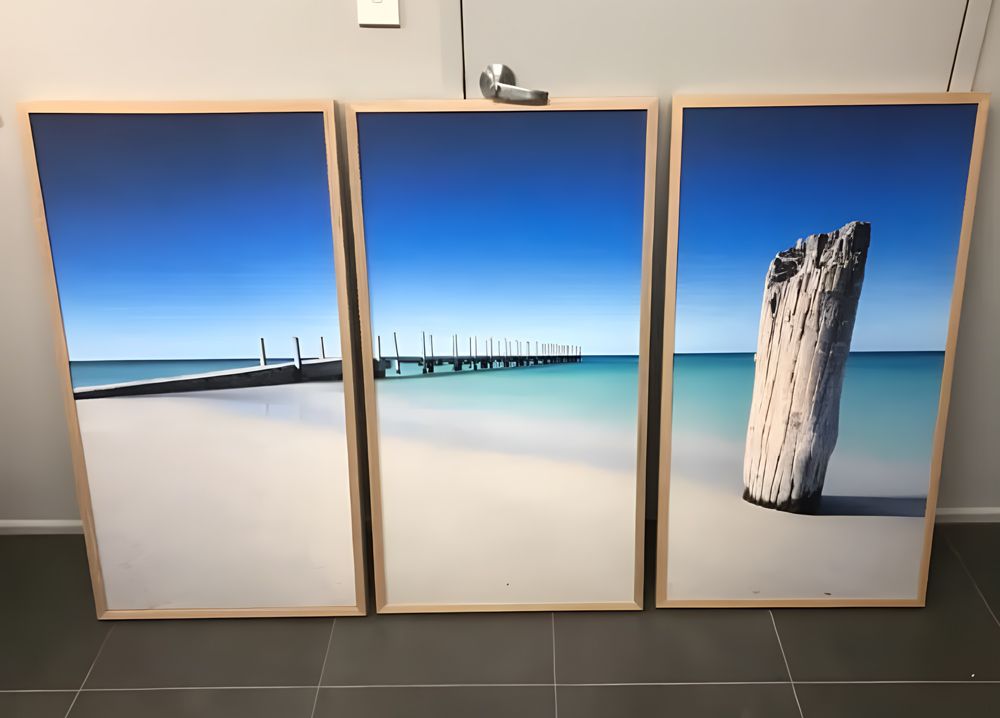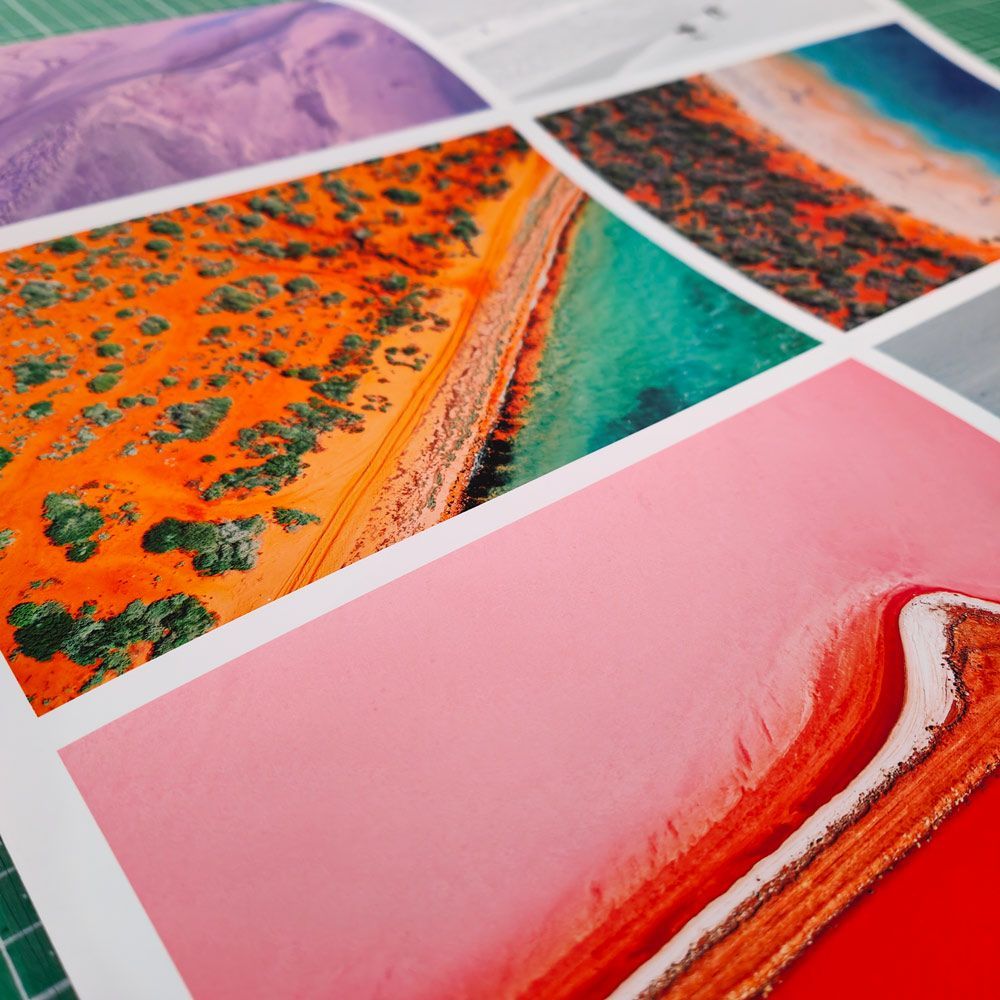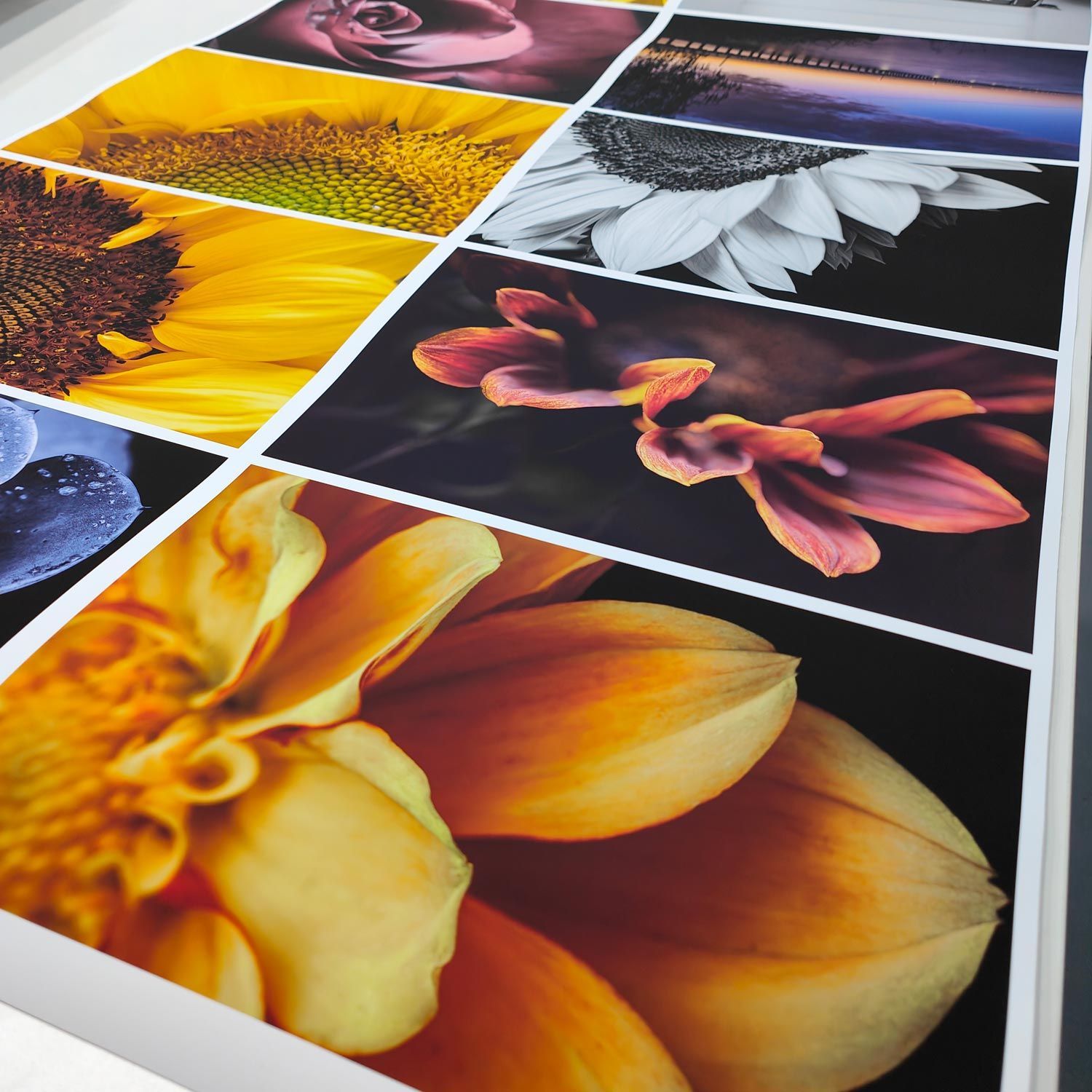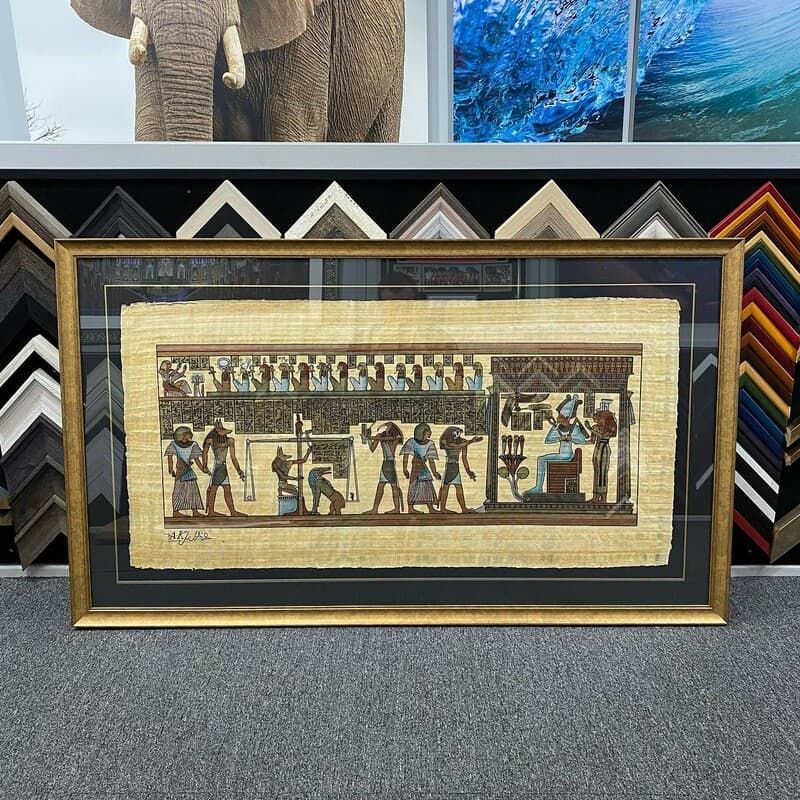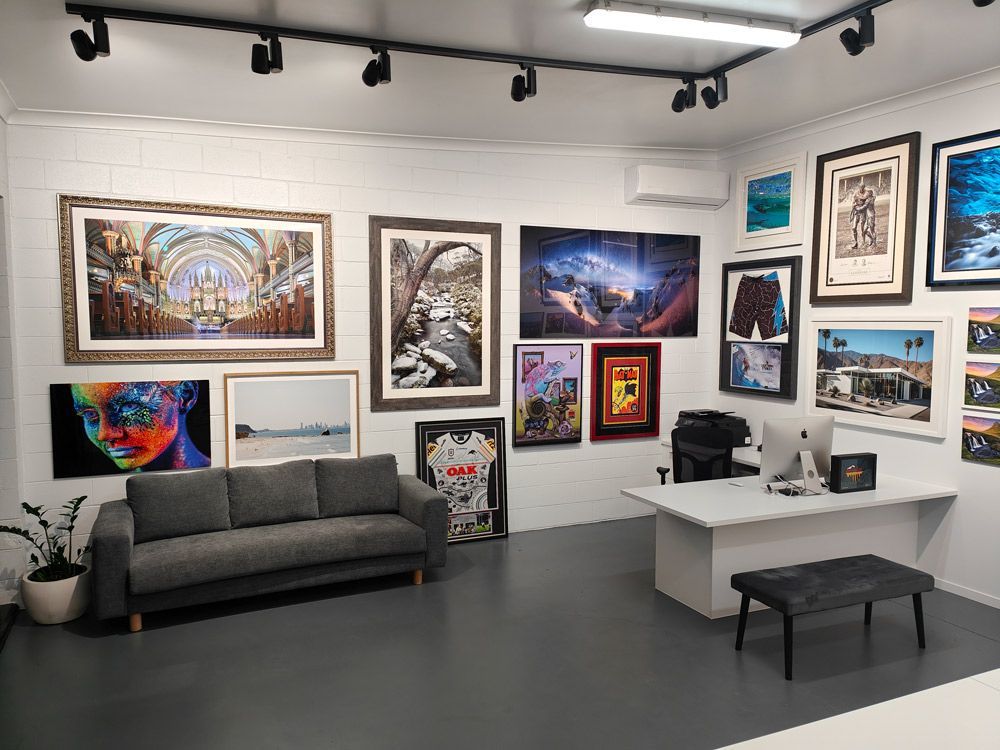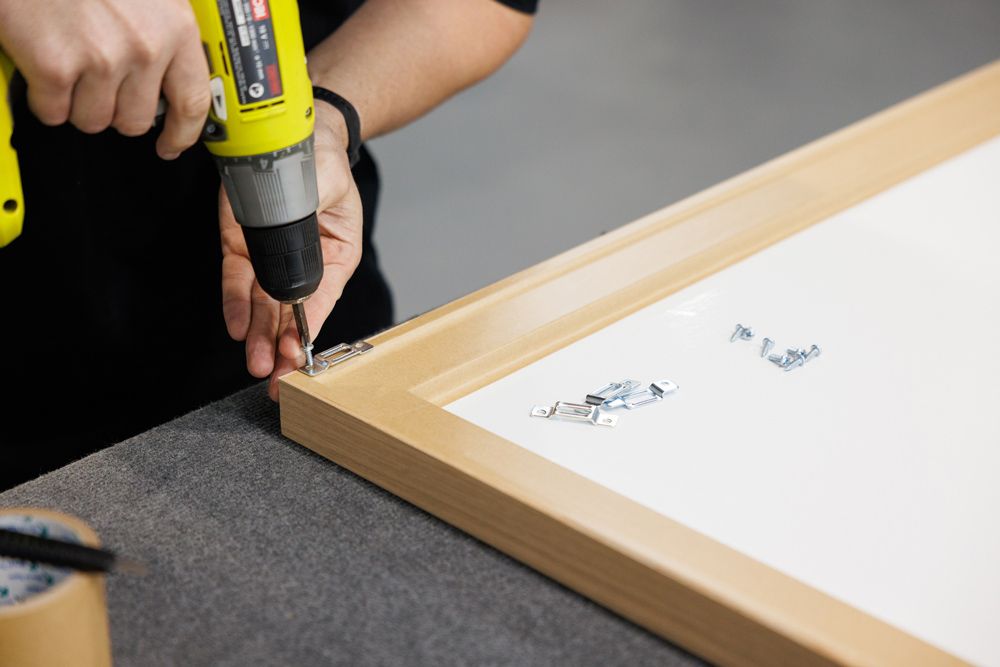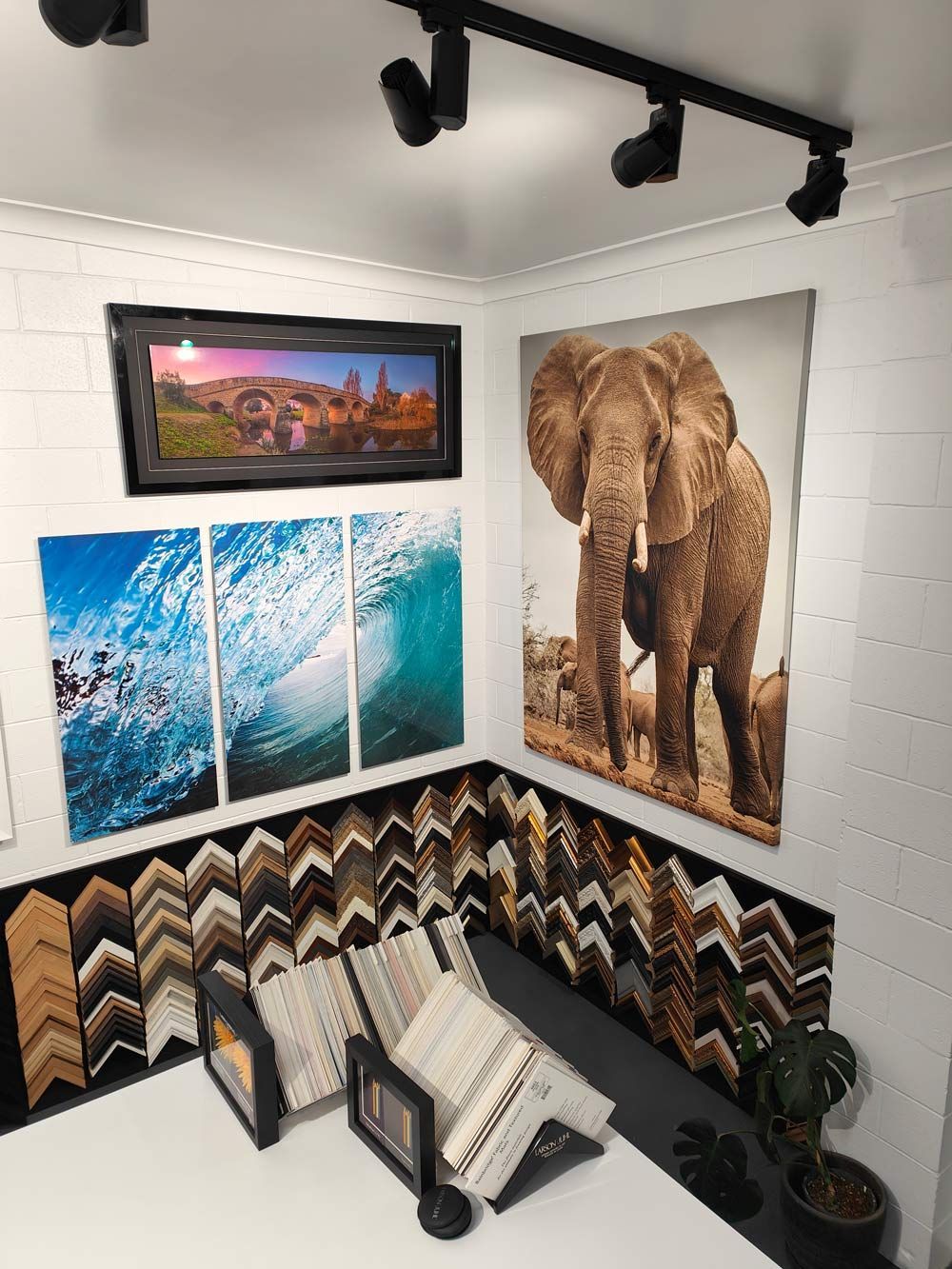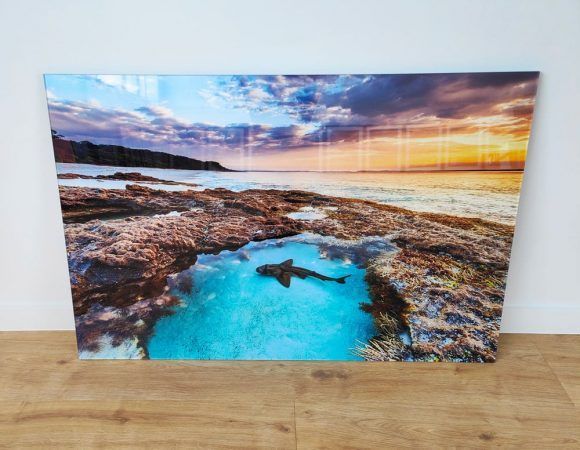What Are The Different Printing Methods?
Have you ever wondered which printing method is best for your business needs? Whether you’re looking to create eye-catching marketing materials, professional business cards or stunning event banners, understanding the different printing methods can help you make an informed decision. In this blog, we’ll explore the most popular printing techniques, their benefits and how they can meet your specific requirements.
Digital Printing
Digital printing is the most common and versatile printing method today. It uses digital files, such as PDFs, to print directly onto various media. This method is ideal for short runs and custom orders because it allows quick turnaround times and minimal setup costs. With digital printing, you can produce high-quality output with vibrant colours quickly and cost-effectively.
Advantages:
- Cost-effective for small quantities
- Fast production time
- High-quality output with vibrant colours
- Suitable for customisation
Applications:
- Business cards
- Flyers and brochures
- Posters
- Custom invitations
Offset Printing
Offset printing, also known as lithography, is a traditional method where ink is transferred from a plate to a rubber blanket and then to the printing surface. This method is best suited for high-volume jobs due to its superior colour accuracy and cost-efficiency for large print runs. Offset printing offers consistently high image quality, making it a go-to for bulk printing needs.
Advantages:
- Consistent high-image quality
- Cost-effective for large quantities
- Wide range of paper types and finishes
Applications:
- Magazines
- Books
- Newspapers
- High-volume marketing materials
Screen Printing
Screen printing involves creating a stencil (or screen) and using it to apply layers of ink on the printing surface. It’s particularly effective for printing on materials like fabric, ceramics, and wood. Screen printing is renowned for its durability and vibrancy of colours, making it perfect for products that require longevity.
Advantages:
- Durable and long-lasting prints
- Vibrant colours
- Ideal for printing on various surfaces
Applications:
- T-shirts and apparel
- Posters
- Signage
- Promotional items
Flexography
Flexography is a modern version of letterpress printing commonly used for packaging and labels. It uses flexible relief plates to print on various materials, including plastic, foil, acetate film, and paper. Flexography is known for its high-speed production capabilities and versatility, making it ideal for large-scale packaging projects.
Advantages:
- High-speed production
- Versatile for different materials
- Cost-effective for large runs
Applications:
- Food packaging
- Labels
- Shopping bags
- Wrapping paper
Gravure Printing
Gravure printing involves engraving the image onto a cylinder, which is then used to transfer ink onto the printing surface. This method produces high-quality images and is often used for long runs of high-quality prints. Gravure printing is especially suitable for tasks requiring detailed and consistent colour reproduction.
Advantages:
- Excellent print quality with fine details
- Consistent colour reproduction
- Ideal for high-volume production
Applications:
- Magazines
- Postage stamps
- Wallpapers
- Packaging
3D Printing
3D printing or additive manufacturing, is a revolutionary method that creates three-dimensional objects layer by layer from digital files. It’s used across various industries for prototyping and manufacturing custom parts. 3D printing allows for the creation of complex designs and customisation, significantly reducing waste in the production process.
Advantages:
- Customisation and flexibility
- Reduces waste
- Can create complex designs
Applications:
- Prototyping
- Custom parts and tools
- Medical implants
- Artistic sculptures
Transform Your Ideas into Reality with Our Printing Services!
Understanding the different printing methods helps you choose the best one for your needs, whether for personal projects or business requirements. At Gold Coast Printing & Framing, we pride ourselves on offering a wide range of high-quality printing services, including digital printing, fine art printing and more. With our expertise and advanced technology, we ensure your prints look stunning and meet your exact specifications. If you’re looking for reliable and top-notch printing services, contact Gold Coast Printing & Framing for unparalleled quality and service.
